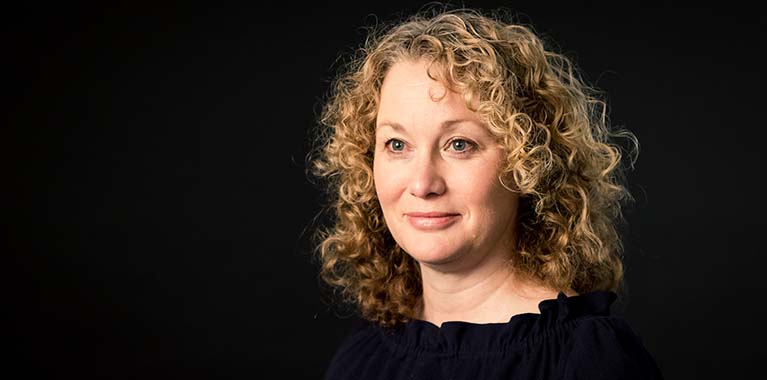Pilot to permanent: what are the current rules on disclosure under PD57AD?

Nearly four years after it was first introduced, the Disclosure Pilot Scheme (formerly Practice Direction 51U, the Pilot) has been permanently incorporated into the Civil Procedure Rules (CPR) under Practice Direction 57AD.
The Pilot was introduced to bring about a complete culture change in the approach to disclosure in civil litigation, with the objective of managing the costs and complexity of the disclosure process. After several years of being tried and tested, the Pilot has been endorsed by the Chancellor of the High Court, Sir Julian Flaux, and the Master of the Rolls, Sir Geoffrey Vos, with the former crediting the Pilot with leading to "a dramatic decline in the number of post CMC applications for specific disclosure and a far more focused and efficient approach to disclosure".
Scepticism remains, however, whether the Pilot had in fact achieved its main objective, and whether it can now do so in its permanent guise. Whilst the number of applications for specific disclosure may have declined, practitioners note that parties are spending more time (particularly in complex and high value litigation) negotiating the list of issues for disclosure, agreeing the disclosure models and assessing whether the disclosure documents respond to the issues in question.
Time will tell whether Practice Direction 57AD will go on to meet its objective but, in the meantime, parties litigating in the Business and Property Courts should bear in mind the following amendments which accompanied the Pilot's transition into its permanent place in the Civil Procedure Rules.
Key changes
- Under paragraph 12.6 PD57AD, a legal representative may now sign the Disclosure Certificate on behalf of a client. This is a significant departure from the previous position. Outside of PD57AD, the CPR provide that the equivalent document (a disclosure statement) must still be signed by the party, (although an insurer or the Motor Insurers' Bureau are permitted under PD31A.4.7 to sign on a party's behalf). Further, case law provides that a disclosure statement must be signed by the party rather than their legal representative, unless there are good reasons for the court to order otherwise1. The flexibility afforded by PD57AD for a legal representative to sign may be welcomed. However, it should be borne in mind that the legal representative can only sign with their client's authority, and after having explained the significance of the certificate to the client first. Further, a legal representative’s signature will bind the client in the same way as if the client had signed the Disclosure Certificate itself.
- The Less Complex Claims regime has been expanded. This simplified regime was initially introduced following engagement with practitioners to address concerns that the Pilot was increasing the complexity and cost of disclosure rather than reducing it. The threshold at which a claim is to be treated as falling within the 'less complex' regime has now been increased from £500,000 to £1,000,0002, unless the nature, complexity or likely volume of Extended Disclosure mean the claim would benefit from the full procedure of PD57AD.
- Additional guidance for drafting the Issues for disclosure can now be found under paragraph 7.7 PD57AD. This replicates the guidance from the Less Complex Claims regime and is designed to remind the parties of the purpose behind agreeing issues. The key message is that the aim of agreeing issues is to help those carrying out disclosure to do so in a 'practical and proportionate' way.
- The definition at paragraph 2.7 PD57AD of known adverse documents has been clarified. It now provides that a document may be 'adverse' if it contradicts or supports an issue in dispute, 'whether or not that issue is one of the agreed Issues for Disclosure'. Paragraph 3.1(2) PD57AD clarifies that the duty to disclose known adverse documents exists regardless of any disclosure order.
- Under new rule 1.4(7) PD57AD, CPR Part 8 claims are now explicitly excluded from PD57AD, unless otherwise ordered by the court. The court has discretion under new rule 1.12 to adapt the provisions of PD57AD 'in such manner as it considers appropriate when making an order for disclosure in a Part 8 claim'.
- Paragraph 8 confirms that parties may now propose Model C requests for their own disclosure, rather than just being able to address those requests to other parties.
- An amendment to paragraph 10.8 PD57AD provides that a Certificate of Compliance is not required where the Disclosure Review Document has been dispensed with.
The future for disclosure
The increased threshold for 'less complex claims' and the option for a bespoke regime in complex, 'multi-party' claims (as well as the continued existence of CPR 31 outside of the Business & Property Courts) provide alternatives to PD57AD for very straightforward or very complex claims. However, the majority of commercial claims will now be operating under PD57AD. The Pilot was initially introduced because the 'hope' that the standard disclosure test introduced under the CPR would reduce the volume and cost of disclosure 'had not been fulfilled'. Whether or not PD57AD will fulfil that hope remains to be seen. Fundamentally, while lawyers (and their clients) are keen to minimise the complexity and costs of the disclosure exercise, nobody wants to miss out on the chance of discovering a 'smoking gun'. Crafting workable rules that meet those objectives is not easy and whatever your view of PD57AD, feedback from practitioners was sought and incorporated into the final iteration of the Practice Direction.
1 HRH Prince Abdulaziz Bin Mishal Bin Abdulaziz Al Saud v Apex Global Management Ltd [2014] UKSC 64; [2014] All ER (D) 278. But note, the Commercial Court Guide provides that a legal representative may be an appropriate person to sign the statement in 'certain cases'.
2 Paragraph 4 of Appendix 5 to PD57AD


